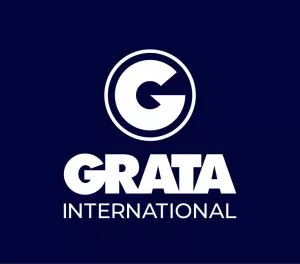- within Real Estate and Construction topic(s)
- within Real Estate and Construction topic(s)
In this article, we address the issue of calculating obligations in License obligation performance reports (LKU Report) and possible approaches to avoid disputes with the competent authority (Regulator).
Soon, subsoil users will be submitting periodic reports under licenses for exploration of solid minerals (License). These reports must present the results for the previous calendar year (1 January – 31 December), with the LKU Report being one of the required submissions. The Regulator uses these documents to verify compliance with License conditions.
If the Regulator identifies violations, it sends a requirement to remedy them. In the case of annual minimum expenditures for exploration operations (AME), the consequences can be even more serious— the Regulator has the right to revoke the License if AME obligations are not met.
The Republic of Kazakhstan's Subsoil Code and the Licenses require subsoil users to invest a specified amount annually. The AME amount depends on the current year of the License and the number of blocks obtained.
The amount is expressed in monthly calculation indices (MCI), and since the MCI is revised annually (from 1 January), the actual amounts may vary in different years.
The main difficulty is that the License is valid from the date specified in it (for example, from 15 March 2023 to 15 March 2024 — this is considered the first year of the License), while the LKU Report is submitted for the calendar year (1 January - 31 December). In practice, the license period almost never coincides with the reporting period, which means that some expenses may relate to two different "years" of the License.
Several questions arise immediately:
1. How to correlate the calendar year and the year of the License?
2. How to determine if AME for a License year has been fulfilled when the LKU Report provides information for the calendar year?
3. If the License year overlaps two financial years (with a change in MCI), which MCI should be used for calculation?
The Regulator's position in public sources describes only for the first year: it is recommended to calculate expenses in proportion to the number of full months from the date of license issuance. However, there are no unified explanations relating to subsequent periods. There is also no judicial practice yet. The LKU Report form does not address cases where the License year "cuts across" several calendar periods.
Perhaps the Rules for Monitoring Subsoil Users' Compliance with Obligations under a Contract (License) for Subsoil Use (Order No. 346 dated 18 May 2018) may suggest the solution. They state that when analyzing expenses (AME) indicated in LKU Reports, the sum of obligations for the corresponding calendar year is taken into account proportionally to each full month. Additionally, if the period covers different calendar years, the MCI to be used should be the one that was in effect in the specific year.
However, the question remains how to handle incomplete months. Legislation does not provide direct instructions, and there is a risk that part of the License period may formally "fall out" of calculations. Meanwhile, such months can be important for determining AME fulfillment.
Example. Suppose the third year of the License runs from 15 March 2024, to 15 March 2025:
- for 2024, expenses from April to December (9 full months) are counted.
- for 2025—from January to February (2 full months).
The question of how to handle March 2024 and March 2025 remains open. As a result, the subsoil user may undercount or "shift" part of the expenses from one calendar year to another.
To reduce risks, it seems that the "missing" month should be included in the calendar year where the MCI is higher, so that the total AME amount appears higher.
Additionally, it is possible to request an official clarification from the Regulator regarding the specific situation. Under the law, state bodies should provide responses, and if the subsoil user follows the official position, this may help when challenging a possible violation notice.
In conclusion, it is important for subsoil users to keep in mind that the License period and the calendar year do not always coincide, and the MCI changes every year. When preparing annual reports and calculating AME, it is necessary to carefully track both full and partial months across calendar years. Otherwise, there is an increased risk of the Regulator determining that AME obligations weren't fulfilled — potentially resulting in the License revocation.
Originally Published 25 February 2025
The content of this article is intended to provide a general guide to the subject matter. Specialist advice should be sought about your specific circumstances.
[View Source]


